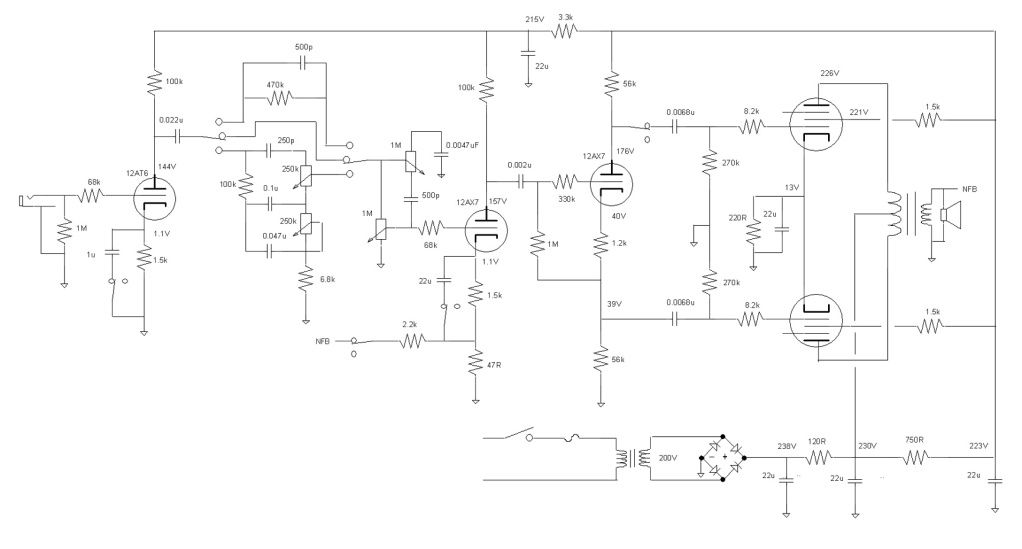tonequester here.
Any and all advice acceptable. Use, blues primarily and blues based rock. Suggestions: pros and cons, brands, experiences, things to be aware of, etc. My strong point is inexperience/ignorance. I'll take all comers with great appreciation. Are Steve Conner, soundguruman, and Enzo in the house ?
tonequester.
Any and all advice acceptable. Use, blues primarily and blues based rock. Suggestions: pros and cons, brands, experiences, things to be aware of, etc. My strong point is inexperience/ignorance. I'll take all comers with great appreciation. Are Steve Conner, soundguruman, and Enzo in the house ?
tonequester.


Comment